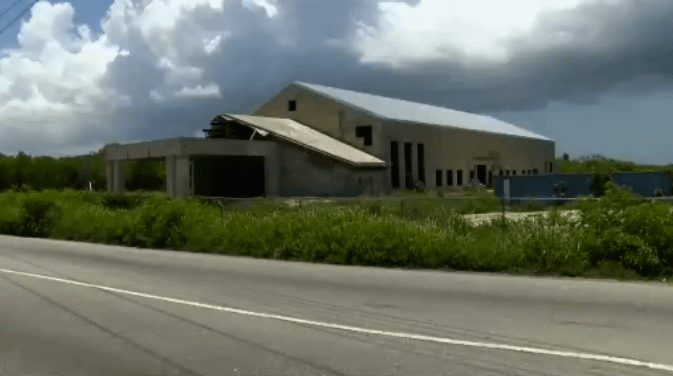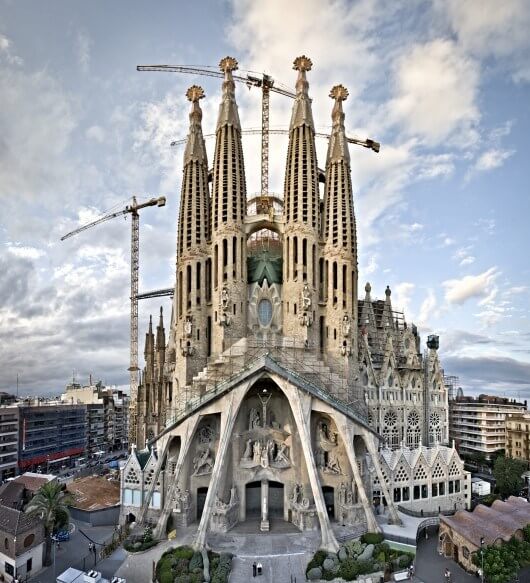
Sometimes we want it “now!”, other times we are prepared to be patient in building something, whether an actual structure, a business, a culture, whatever it is we are building.
Now, strong intuition and feelings can have that “NOW!” feeling be strong in us, we then look to rush to action, to take advantage of that feeling.
Imagine an entrepreneur who just KNOWS that there is an opportunity they have to take right away. That can bring powerful energy to drive everyone involved forwards to make that vision a reality.
However, such “in a rush” energy does tend to be a relatively short term energy and not sustainable. It is what is called “Startup” energy in a business, it won’t sustain the business for the long run (see my recent post on toxic culture at Revolut, a FinTech business still driving staff really hard years after startup).
So, we know that to bring something sustainable, we may need to be patient and take our time to build a firm foundation. As I wrote about yesterday, by conscientiously focussing on the elements of that foundation, we can choose to be “building to last”.
So, are we sometimes in a rush? Yes
Can that bring powerful and positive energy? Yes.
Is it also important to build to last and create sustainable energy? Yes.
How can we do both then? Ah, that is a question!
One early morning this week I drove across Grand Cayman, observing changes fast and slow, which had me consider the answer to that.
An unfinished church
The photo above was taken for a news story in Cayman from 2016 about an incomplete church in Bodden Town. I drove past it one morning this week and in March 2019 it is as it was in 2016. In fact, this building has been “in progress” for many, many years.
I can imagine that there was a great initial impetus from a congregation in the community to raise the funds and build the church.
I am picturing a visionary pastor with big ideas (it is a really big building!), with a strong intuition, who saw the big opportunity for his congregation in building that large church in that location.
So, what happened which means it remains unfinished and dormant for years?
Perhaps the vision (and so the budget) was too grand, so it was always going to take the congregation quite a number of years to raise the funds to make it happen.
Perhaps the focus for this grand project was always on the end goal, the completed church, so gradually impetus was lost, bit by bit until the project totally stalled to a stop.
So, what could have been done differently to maintain momentum for that grand project?
Using “startup” energy to maintain and build momentum
We talked earlier in this post about how “startup” energy can be powerful and drive things forward. What if then, as we “build to last”, we also recognise the value of taking opportunities for such “in a rush” energy to come in waves for mini-projects along the way, maintaining and building further momentum for the broader project.
Possibly the most famous unfinished church in the world has been under construction for 136 years, with an estimated 7 years still to go until it is completed.
Sagrada Familia

Sagrada Familia in Barcelona is one of my favourite man-made structures in the world. The amazing vision for this came from Antonio Gaudi, with completion anticipated in 2026, which will be the centenary of his death.
Yes, momentum to build this amazing church has continued already for nearly 100 years after the death of the visionary who conceived it.
So, we talked earlier about using start-up energy to build and maintain momentum, so perhaps this is a great example, as Sagrada Familia has so, so many spires, towers and other architectural elements within the overall structure. This has meant that this massive structure has so many multiple elements and projects that energy can always be maintained and added to by projects ranging from a day, to weeks, to months, to years, to decades.
So, if we seek to not only start something of significance powerfully but also sustain the energy to completion, we need to both be patient as well as maintain and enhance energy by having lots of “in a rush” mini-projects within the main project.
